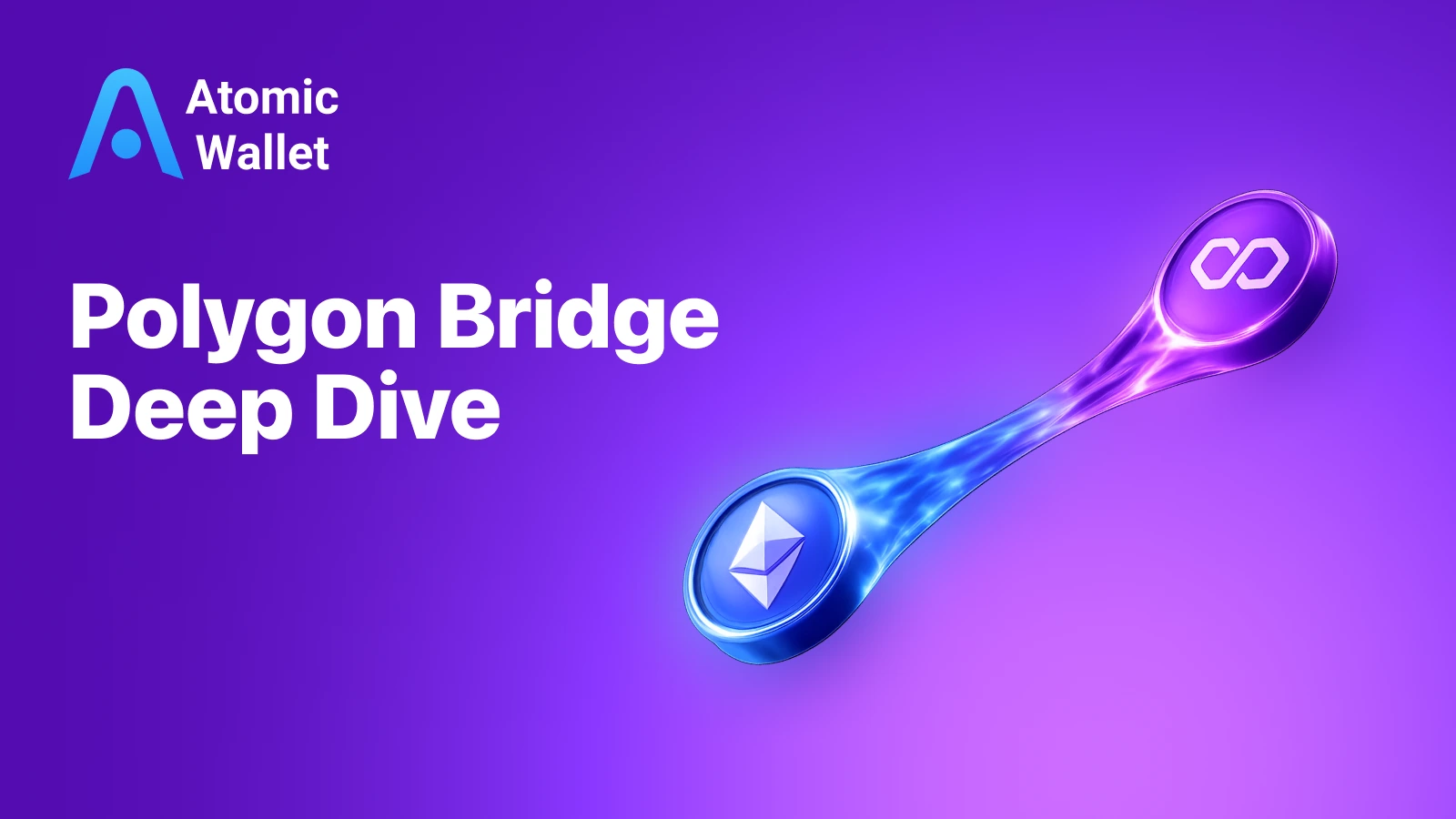Assets

Exchange

Buy Crypto




Visa is taking another major step into Web3 payments.
During its Q4 2025 earnings call, CEO Ryan McInerney announced that the company is expanding its stablecoin settlement network — adding support for USDC, EURC, PYUSD, and USDG across Ethereum, Solana, Stellar, and Avalanche.
This makes Visa the first global payment processor to build a multi-chain settlement system connecting stablecoins directly to traditional fiat payments. It’s a move that could redefine how money moves across borders — faster, cheaper, and fully on-chain.
According to McInerney, Visa will now enable settlements in four stablecoins running on four unique blockchains, representing two major fiat currencies — USD and EUR — with support for conversion into 25+ traditional currencies.
Here’s what’s coming:
The update follows Visa’s 2024 pilot using USDC on Solana to settle cross-border transactions — now scaling the same infrastructure to a global level.
Visa’s latest expansion goes far beyond crypto adoption headlines — it’s a structural shift in how global payments are processed.
By integrating multiple stablecoins across four leading blockchains, Visa effectively becomes a bridge between traditional banking rails and on-chain finance.
For merchants and fintechs, this means instant settlement, lower fees, and no reliance on legacy systems like SWIFT.
For Web3 users, it means stablecoins such as USDC or PYUSD can now power real-world transactions through Visa’s massive partner network — bringing crypto utility closer to everyday use.
This move also positions Visa ahead of Mastercard and PayPal in the race to build the “Stablecoin Economy”, where tokenized fiat becomes a global settlement layer for both DeFi and TradFi.
Visa’s journey into blockchain began years ago.
In 2021, the company launched its first USDC settlement pilot on Ethereum, allowing selected partners to settle payments in crypto instead of fiat.
In 2024, Visa expanded the program to Solana, testing high-speed, low-cost cross-border transfers.
Today’s update represents the next evolution — from experiments to full-scale, multi-chain integration across Ethereum, Solana, Stellar, and Avalanche.
The firm continues to collaborate with Web3 players like Circle, PayPal, and Global Currency Organization, while working to make stablecoin settlement as seamless as card payments.
Q: Which stablecoins are supported?
USDC, EURC, PYUSD, and USDG — running across Ethereum, Solana, Stellar, and Avalanche.
Q: Can I now pay with crypto at stores using Visa?
Not directly — but merchants can settle payments in stablecoins via Visa’s backend, reducing conversion delays.
Q: Why did Visa choose these networks?
Ethereum for security and liquidity, Solana and Avalanche for speed, and Stellar for enterprise adoption.
Q: What’s next?
Visa plans to expand conversion support to 25+ fiat currencies and integrate with additional stablecoin partners through 2026.
Visa’s stablecoin expansion marks a major milestone in mainstream blockchain adoption.
By supporting four stablecoins across four major networks — Ethereum, Solana, Stellar, and Avalanche — Visa is transforming itself into the first truly cross-chain payment processor.
This step moves stablecoins from DeFi niches into everyday finance, making them a key layer for global transactions, settlements, and remittances.
As the lines between Web3 and traditional finance blur, Visa’s strategy signals one thing clearly — stablecoins are here to stay.

Learn how Polygon Bridge works and move Polygon crypto like USDC Polygon between Ethereum and Polygon step by step.